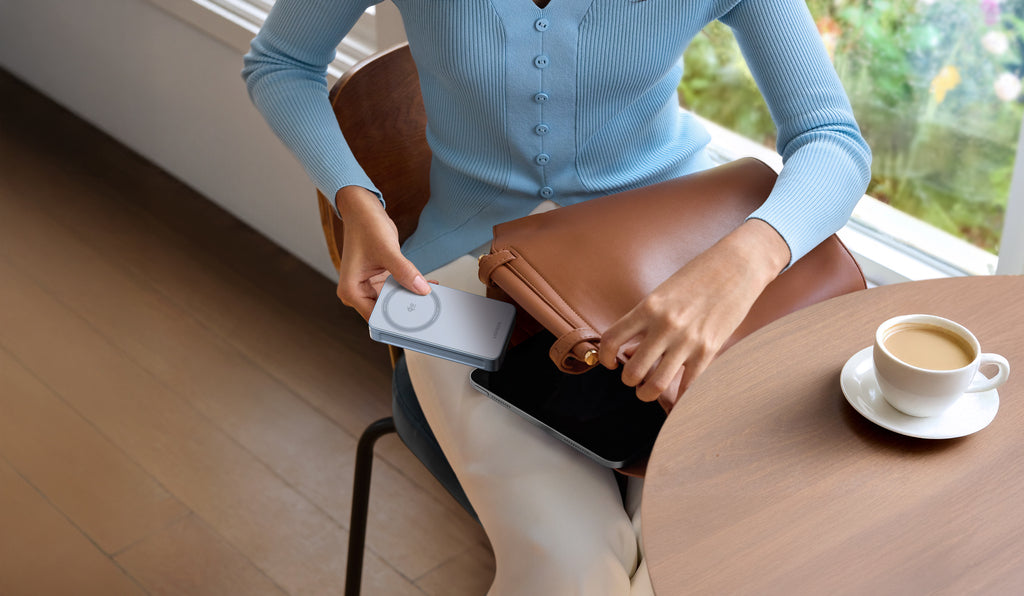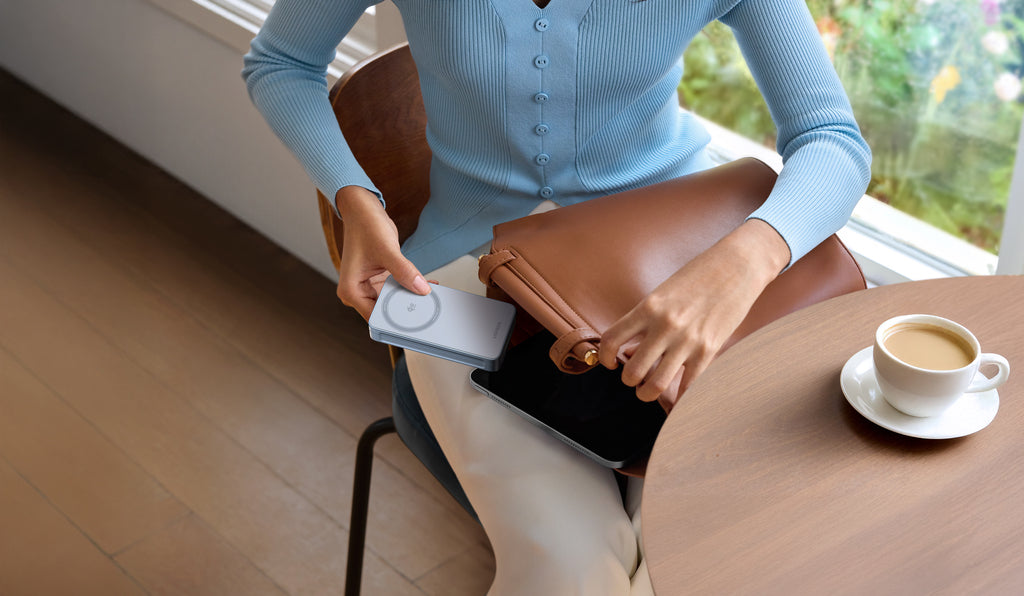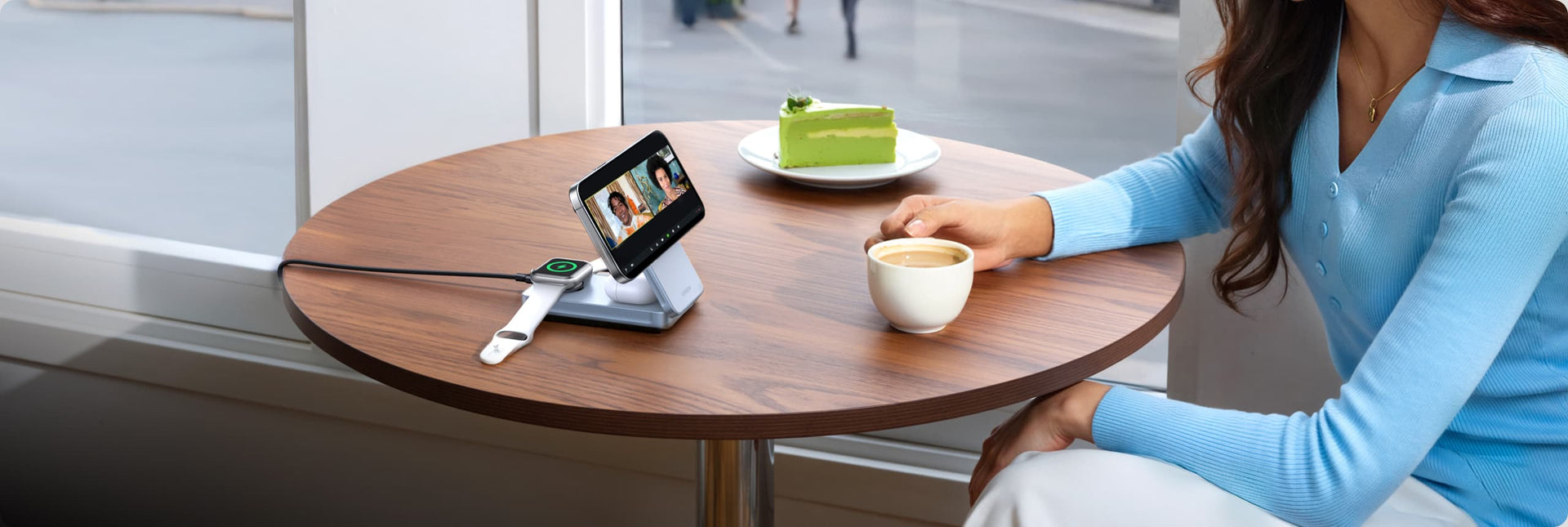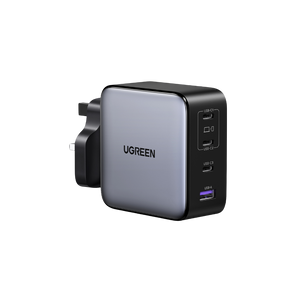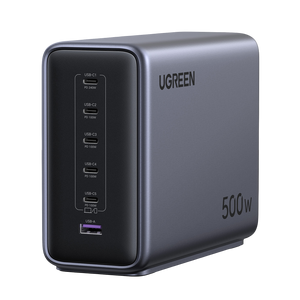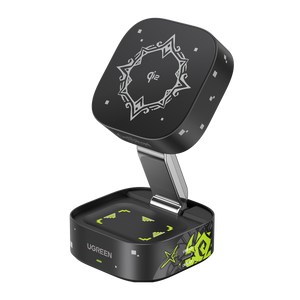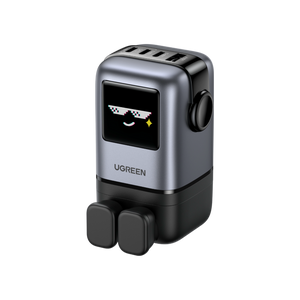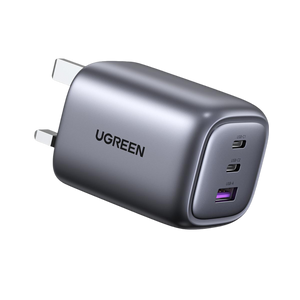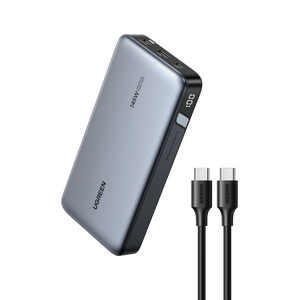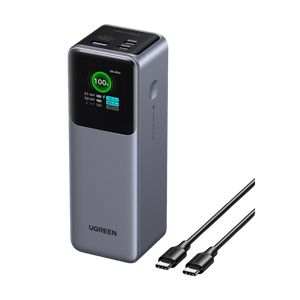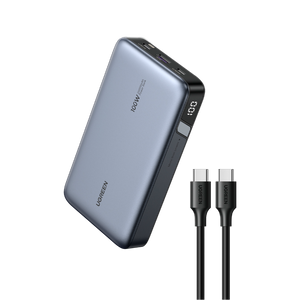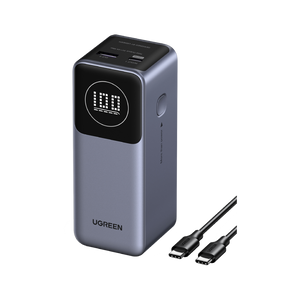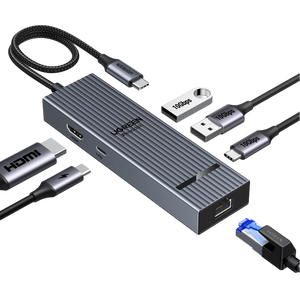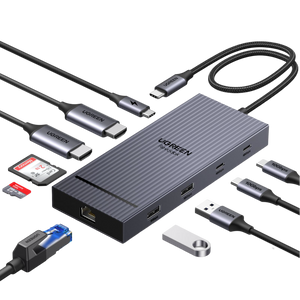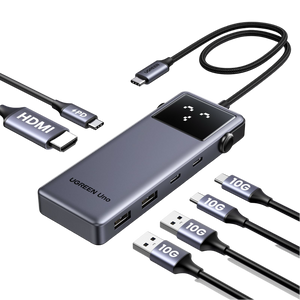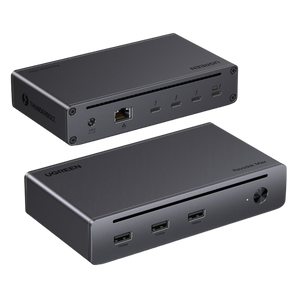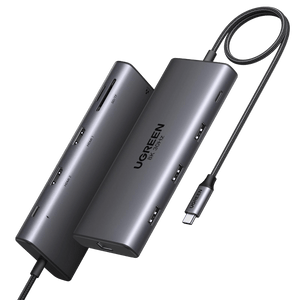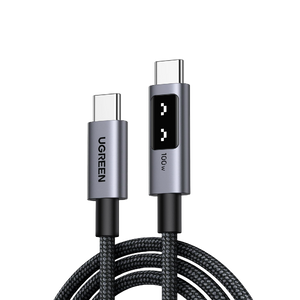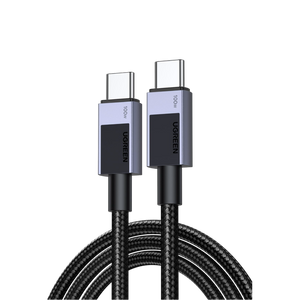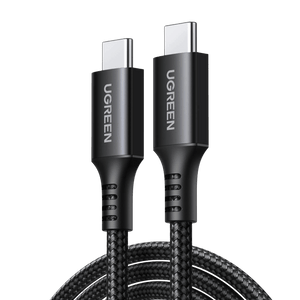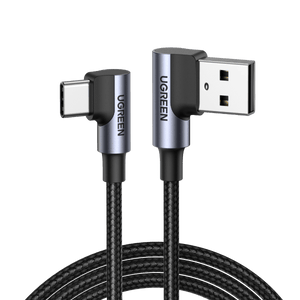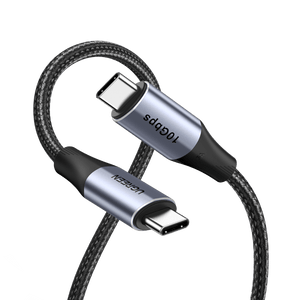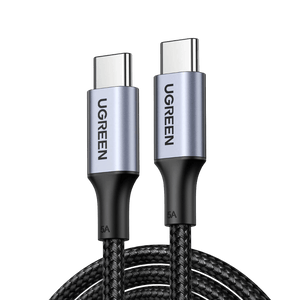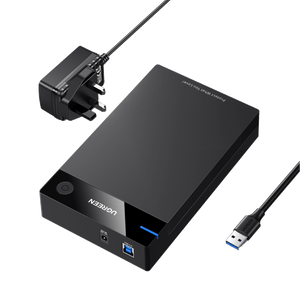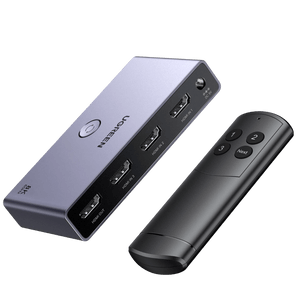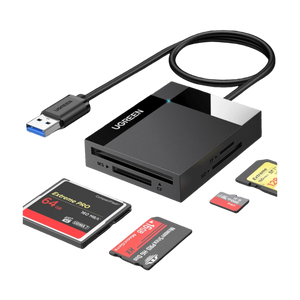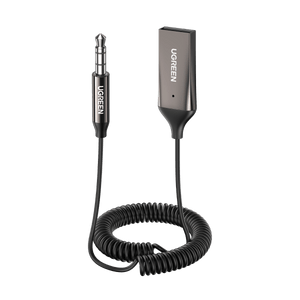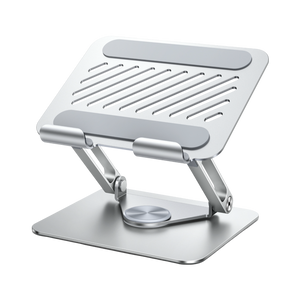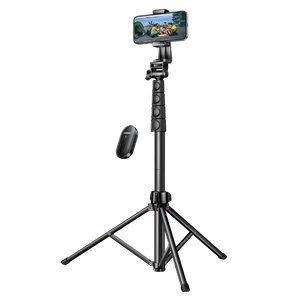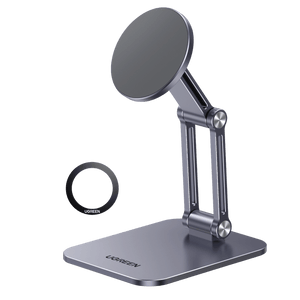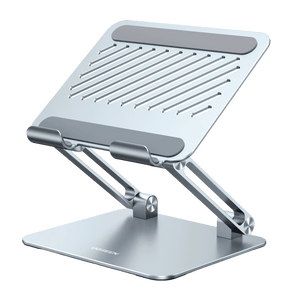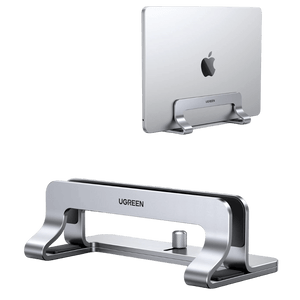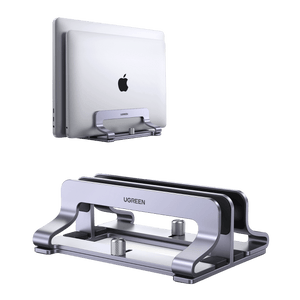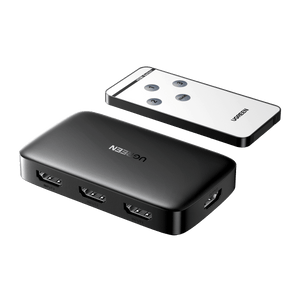How Many Watts Do You Need for a Travel Charger?
It is 7 o’clock in a busy airport lounge. Your phone sits at 15%, your laptop battery icon is red, and the only open plug socket is already shared. You plug in anyway, but thirty minutes later your phone has crawled to 22%. Sound familiar? The usual culprit is wattage.
Apple says an iPhone 15 Pro Max can reach about 50% in roughly 30 minutes with a 20W or higher adapter. Many tablets draw 30–45W. Laptops often expect 60–100W, and some models can go higher. With options labeled 20W, 30W, 65W, even 140W, it is easy to pick too little and charge slowly, or pick far too much and carry extra bulk you do not need. Add cheap cables and heat into the mix, and charging becomes guesswork. This guide breaks down how many watts you actually need in a travel charger so you can charge faster and travel lighter.

Why Charger Wattage Matters
Charging Speed and Device Compatibility
Charging is like refilling water bottles of different sizes. Your phone is a small bottle, your tablet is a medium bottle, and your laptop is a bucket. They all need different flows. For most phones, 15–30W will do. However, premium devices like Samsung’s Galaxy S23 Ultra may need as much as 45W, while iPhones can reach almost 27W at optimal conditions.
Tablets fall in the 30–45W range, mostly large-screen iPads that charge via USB Power Delivery (PD). Laptops are the most power-hungry, usually consuming 60–100W. A MacBook Air needs 67W, while a 16-inch MacBook Pro has a maximum of 140W.
Fast charging protocols are the brains behind this power. USB-PD is the most universal. They automatically adjust their output easily across devices, from phone to ultrabook devices. Quick Charge (QC), found mostly on Android, is fast but lacks cross-platform compatibility. PPS (Programmable Power Supply) takes it a step further by adapting voltage and current dynamically to minimise heat and maximise efficiency.

Here’s the catch that many overlook: a 100W charger won’t damage your 27W iPhone. Devices only draw the power they’re designed for. So, it is safe to use high-wattage chargers, even if they won’t necessarily charge your device faster. Efficiency also matters. Up to 30–40% of a power bank’s capacity can be lost to heat and conversion. Add in environmental factors, such as cold weather, which slows down batteries, while heat stresses them. This means that real-world charging rarely matches what is written on a charger’s label.
That’s why choosing wattage isn’t about chasing after the biggest number. It’s about matching your devices, your travel setup, and the compatible charging protocol they use.
Safety and Heat Management
Chargers get hot when they deliver a lot of power. That isn’t inherently a bad thing, but poor heat management can waste energy and shorten the life of both charger and battery. For instance, a 65W USB-C PD brick delivering full speed will heat up far faster than the older 5W chargers we used to get with phones.
Modern design addresses most of this. GaN (Gallium Nitride) chips run cooler and make slimmer travel-sized chargers possible without sacrificing performance. When paired with multi-layer protection systems, such as overcurrent, overvoltage, short circuit, and overheating, they safeguard both your gear and you. It’s like having an unseen safety net that kicks in when something goes wrong.
Not many know that chargers are capable of throttling their output. If you store one in a car or expose it to sunlight, it can silently reduce power to avoid overheating. Instead of a flaw, that’s deliberate protection. That’s why it’s important to select a charger with built-in thermal management, like Thermal Guard™. This feature ensures your charger provides a steady charging speed without risk, no matter the environment.

How to Calculate the Right Wattage for Travel
List Your Devices and Their Power Needs
When you’re planning your travel kit, the best first step is to create a list of all the devices you will need to charge. Start with the most obvious ones: your phone, tablet, and laptop. Phones typically need between 15–30W fast charging, although newer flagship models may need more. Tablets generally demand 30–45W, while laptops usually need 60–100W or more. And then there are the add-on little accessories, such as headphones, smartwatches, or Bluetooth speakers. They consume less power but may still benefit from efficient chargers.
The trick is this: most travellers grossly underestimate their charging needs. Charging a phone and a laptop at once is easy to do and can easily add up to 80W. But if you start to include a smartwatch or camera, and suddenly one 30W charger doesn’t feel enough anymore. Even smaller items, such as a handheld console, may need 18–25W during gameplay. And don’t forget efficiency loss: cables, adapters, and heat, which means you rarely get the full rated output.
Sum Up Maximum Simultaneous Charging Power
When you’re powering several gadgets at once, it’s not enough to think about each device in isolation. The golden rule is simple: your travel charger’s total wattage should be equal to or greater than the combined needs of your devices. If your phone demands 30W and your tablet 45W, a 75W charger is the bare minimum. If you add a laptop pulling 65W, and you’re looking at 140W or more. That’s where high-wattage GaN multi-port chargers and robust power banks really earn their keep.
But here’s the part many travellers miss: devices don’t always draw full power at the same time, and some energy is lost as heat or during conversion. Therefore, it’s advisable to leave a 20–30% margin to avoid issues. You can think of it like an airline baggage. You don’t want to be precisely at the weight limit, because small variations in weight can create problems.
Smart chargers take the guesswork out by distributing wattage automatically across ports. However, if you are sure that your laptop requires more power, plug it into the highest-rated port and let the smaller devices use the remaining. This way, all of them charge easily without the slowdowns or the cut-offs that infuriate travellers.
Consider Port Configuration and Flexibility
When selecting a travel adapter, the number and type of ports can impact your charging experience. A good mix of USB-A and USB-C enables you to charge older earbuds and, at the same time, fast-charge a modern laptop. Multi-port designs are particularly useful when travelling. Imagine being able to charge your phone, tablet, and smartwatch at night without lugging around three separate chargers.
But it’s not just about quantity. Be on the lookout for chargers that support USB PD, QC, and PPS protocols, so all your devices can charge at top speed. Also, features like retractable cables can reduce clutter and wear on connectors. And when you’re on a trip, a small, light charger will always be better than carrying a single large, high-wattage brick.

Recommended Travel Charger Wattages
For Smartphones Only
If you’re mainly charging phones, an 18–30W travel charger is more than enough. Most iPhones max out around 20W, while many Android flagships climb closer to 30W or even higher. In real terms, this means hitting 50% in under 30 minutes without carrying a bulky brick.
But here’s what people tend to miss: when you’re traveling with two or three phones, a single-port 20W charger may not be sufficient. So, instead, opt for at least a 40–45W two-port GaN charger that can charge both devices at the same time.
For Tablets and Multi-device Use
Tablets demand more power. A 45–65W charger with USB PD keeps larger screens turned on while still charging your phone. 45W is enough for everyday usage. However, for larger tablets, like iPad Pro or Galaxy Tab, using a 65W maximum is recommended. Here is one hidden fact most people don’t know: phones and tablets don’t always take draw wattage at once. But you don’t need to worry about this fact if you have a smart charger. They dynamically distribute power, so your tablet charges fast while still providing your phone with a healthy boost.
For Laptops or Power Users
If you’re using a laptop, look for 65–100W GaN chargers. Ultrabooks and MacBooks generally prefer this range, and it is still portable enough to toss in a backpack simply. The greatest thing about newer multi-port chargers is that you can charge your phone, earbuds, and laptop all at the same time without extra adapters.
Do remember though: high-wattage chargers generate heat, and many automatically throttle output in hot conditions, like airplanes or sunlit cars. That’s why investing in a charger with smart temperature control can be beneficial. And when charging multiple devices, always check total output, not just peak per port, so your laptop doesn’t slow to a crawl mid-presentation.
Best UGREEN Options for Travel Charging
When choosing a travel charger, wattage alone isn’t enough. Portability, safety, and the ability to charge multiple devices at once are also important. You would not want to be the tourist carrying a heavy brick or, worse, one that risks overheating in a hotel receptacle. UGREEN’s Nexode lineup achieves this balance by providing power and peace of mind tailored for travellers.
UGREEN Nexode 65W Retractable USB-C Cable Charger
The Nexode 65W is for those who want to avoid carrying multiple chargers. With an output of 65W, it charges a MacBook Air to 84% in one hour and continues to charge your phone and tablet at the same time. That is a major improvement over small 20–30W bricks, which slow down the instant you add a second device.

Featuring USB-C connectors and USB-A, this charger makes switching between devices easier. The built-in retractable cable is adjustable to eight different lengths. This feature cuts down on clutter and prevents cable wear out that ruin’s chargers in the long term.
Safety is also not overlooked. GaNInfinity™ technology ensures that the charger remains compact and cool. While Thermal Guard™ sensors monitor for heat levels 200 times per second. Also, with eight layers of protection, your devices are safe, no matter where you charge them.
UGREEN Nexode Power Bank 20000mAh 165W with Retractable USB-C Cable
Where the 65W Nexode is your everyday workhorse. The UGREEN Nexode Power Bank 20000mAh 165W is like carrying your personal mini power station. With up to 100W of power from a single USB-C port, it can charge a MacBook Pro 14" over 50% within half an hour. The impressive 20,000mAh capacity translates to not having to fight for plug space on long flights or while off the grid.
Usability is another highlight. The retractable 0.65m cable adjusts to seven lengths, which keeps your bag neat by eliminating tangled cables. While the OLED-type screen shows real-time wattage and battery level. Add in a weight of 550g and trickle mode for watches and earbuds, and it feels tailored for travellers juggling multiple devices. Safety wasn’t an afterthought either. UGREEN’s Thermal Guard™ and 13-layer protection leverage best practices from leading Li-Po designs to control heat and stress. Pair that with cells rated for 1,000+ cycles, and you’ve got a reliable companion for years of charging on the road.

Tips for Efficient Travel Charging
Start with Good Cables
Using a high-watt transmission cable is essential. It determines whether your charger is actually capable of providing its quoted wattage or not. A cheap cable can reduce a 65W charger’s output to just 18W. Which is why some tourists complain that their devices “charge slowly” even when using a higher-wattage adapter.
Don’t Use Low-Quality Chargers
Low-quality chargers often lack important safety features. This lack of safety features leads to overheating, power loss, or even battery degradation over time. While reputable brands use GaN chips and thermal monitoring to ensure charging consistency.
Plan Charging Order Wisely
Heavy-draw devices like laptops will draw out more power from a shared charger. Charging everything at once can leave smaller devices like earbuds stuck in trickle mode. To maximise efficiency, stagger your charging. For instance, you can charge your laptop first before you charge your phone.
Conclusion
Choosing the right travel charger comes down to three steps. Know each device’s wattage, pick a charger that meets or exceeds the combined draw with some headroom, and look for smart safety and port features. A good charger saves time, cuts weight, and keeps your gear protected. With the right wattage in your bag, you can stop babysitting battery icons and get back to your trip.
FAQ About Travel Charger Watts
Can I use a lower wattage charger for my laptop while traveling?
Yes, but it’s drinking through a straw instead of a hose. A 30W charger might keep your laptop going for emails, but not for video editing. Always check your device’s recommended wattage for optimal performance.
How many devices can a travel charger handle at the same time?
Count the ports and check the total output. If your phone needs 25W, your tablet 30W, and your laptop 65W, you’ll want at least 120W with a margin. That’s why a UGREEN Nexode 65W can easily handle a phone, tablet, and earbuds at once.
What’s the difference between USB PD, Quick Charge, and PPS for travel chargers
Think of them as different “languages.” USB PD is universal, which is perfect for laptops and iPhones. Quick Charge is commonly used for most Android devices. Programmable Power Supply (PPS) dynamically adjusts power delivery in real time, so charging is cooler and safer.
Is it safe to carry high-wattage chargers on a plane?
Yes. Just place them in your carry-on, not checked baggage. UGREEN’s GaN chargers are approved for airline use and run cooler, thanks to internal temperature regulation.
How do I calculate the total wattage I need for multiple devices?
List each device’s wattage, add them together, then include 20–30% padding to ensure efficiency.
Can a power bank replace a travel charger for long trips?
Not really. Power banks are ideal when plug sockets are scarce, like during long train rides. High-capacity models, like UGREEN’s 165W, can even top up laptops on the move.
Do retractable cables make a difference for travel chargers?
Yes. They organise your bag and reduce cable strain. This is a subtle detail that removes frustration when you’re in tight travel spaces.



